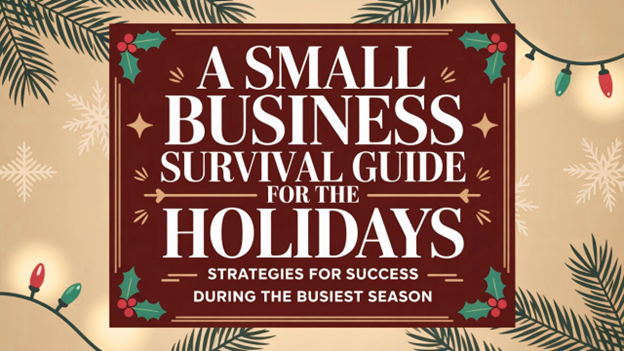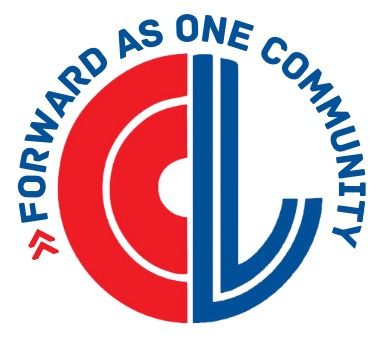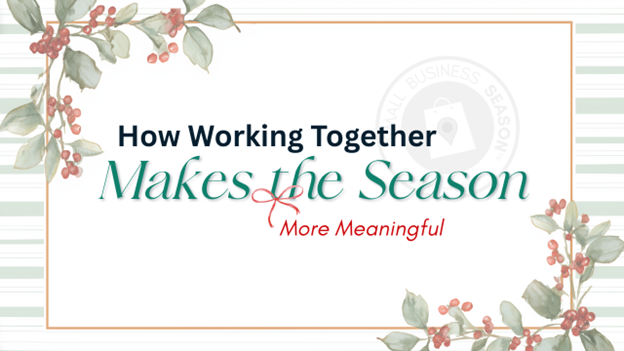Money Management Tips for People Who Hate Money Management
If you’re the typical small business owner, you began your business with an exciting idea, a passion. No one goes into business thinking, “I can’t wait to work on cash flow challenges.” And yet, cash flow is one of the top reasons businesses close their doors. It’s not that they aren’t making money. It’s that managing it is not everyone’s skill set.
Money management challenges are one of the most critical areas you need to master to be successful.
This article is here to provide general information. Consult a financial planner or tax professional for more long-term solutions.
5 Money Management Tips for Better Business
Here are some of the key issues and ways to address them:
Cash Flow Management
Many small businesses struggle with maintaining consistent cash flow. This can lead to difficulty paying bills, making payroll, or investing in growth opportunities.
You might have the money promised to you on paper, but not knowing when it will come in can be a challenge. Businesses at every level can be impacted by this so it takes consistent monitoring.
To improve cash flow:
· Create detailed cash flow forecasts and monitor them regularly.
· Encourage timely customer payments by offering incentives or implementing stricter payment terms. Enforce those terms and send out reminder invoices.
· Negotiate favorable payment terms with suppliers.
· Maintain a cash reserve for unexpected expenses or slow periods. According to a JPMorgan study of 597,000 small businesses, 25% held a reserve covering fewer than 13 days of expenses if other revenue dried up.
Budgeting and Expense Tracking
Small businesses often lack robust budgeting practices and struggle to track expenses effectively. If this feels like you, consider:
· Creating a detailed, realistic budget and review it regularly.
· Using accounting software (or an app) to automate expense tracking and generate accurate reports.
· Separating personal and business finances to avoid confusion. Your accountant will appreciate it.
· Assessing finances and adjusting budgets regularly as needed.
Debt Management
Taking on too much debt or mismanaging existing debt can be detrimental to small businesses. COVID brought on unparalleled times. One thing we learned from it is that you must be prepared for the known challenges and the unknown ones.
To manage debt more effectively:
· Be cautious about taking on unnecessary debt
· Prioritize paying off high-interest debts first
· Consider consolidating multiple loans to simplify repayments
· Build and maintain a good business credit score
Tax Compliance
Many small businesses underestimate the importance of tax planning and compliance.
To improve in this area:
· Work with a tax professional to stay on top of obligations and deadlines. If you don’t know a reputable one, check with the chamber.
· Regularly set aside money for taxes.
· Stay informed about tax laws and possible deductions.
Financial Planning and Analysis
Small businesses often lack the time or expertise for thorough financial analysis and planning. It’s likely something that’s best outsourced to a pro. Again, if you don’t know one, check with the chamber.
To enhance financial management:
· Understand and regularly review key financial statements including the balance sheet, income statement, and cash flow statement. It’s boring, but beneficial.
· Use financial management software to automate repetitive tasks and generate insights.
· Establish financial protocols and plans, no matter how small your business is. Doing so early will put you on the path to success.
· Regularly assess your business's financial performance and adjust strategies accordingly.
If you don’t have the money to work with professionals right now, talk to your chamber, SCORE chapter, and SBA. There are many low-cost options to help you get on the right track for long-term success.
---------------
Christina Metcalf is an author and speaker who believes in the power of story. She works with small businesses, chambers of commerce, and business professionals who want to make an impression and grow a loyal customer/member base. Christina loves road trips and hates exclamation points. She is also the author of The Glinda Principle, finding the magic within.
_______________________________________
Medium: @christinametcalf
Facebook: @tellyourstorygetemtalking
Instagram: @christinametcalfauthor
LinkedIn: @christinagsmith




